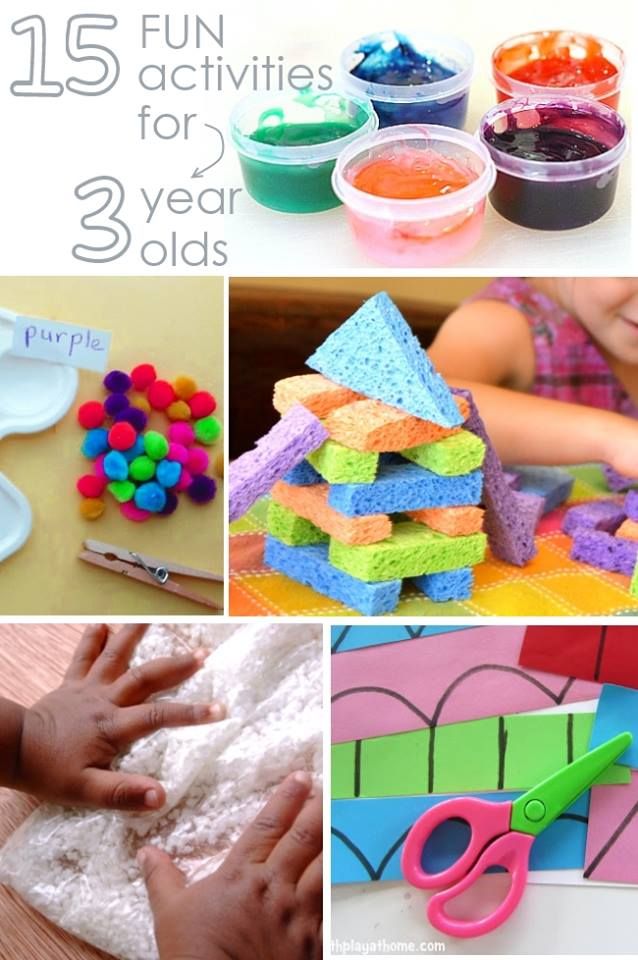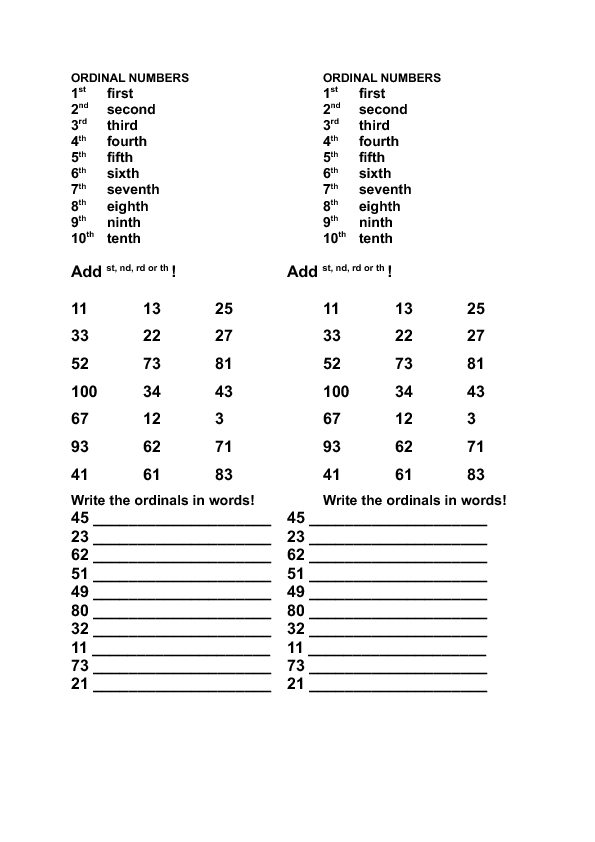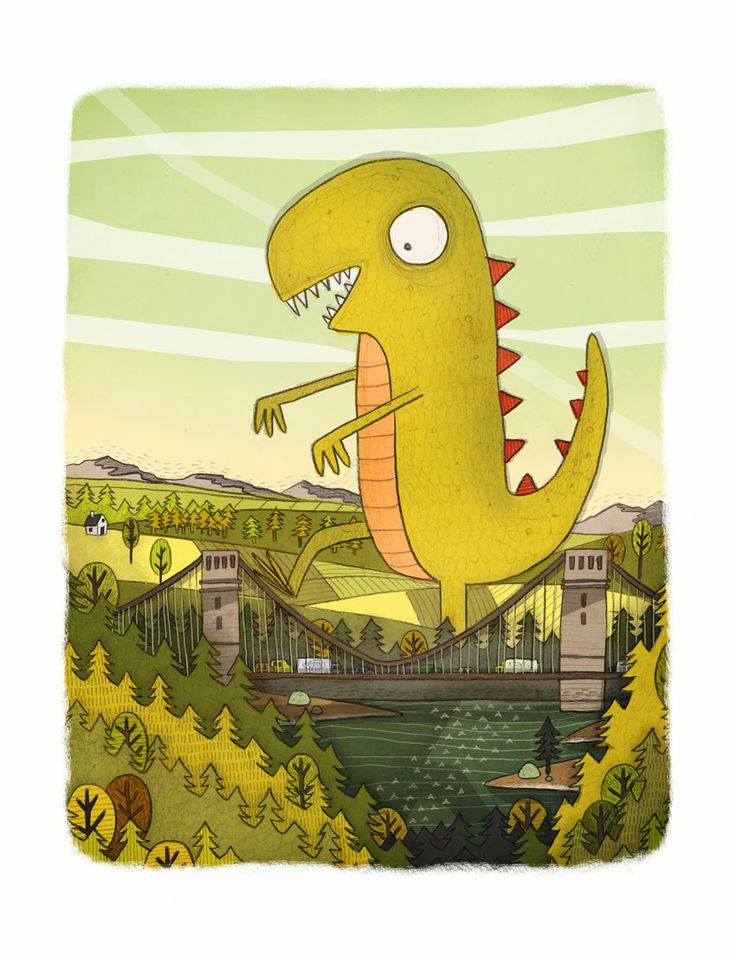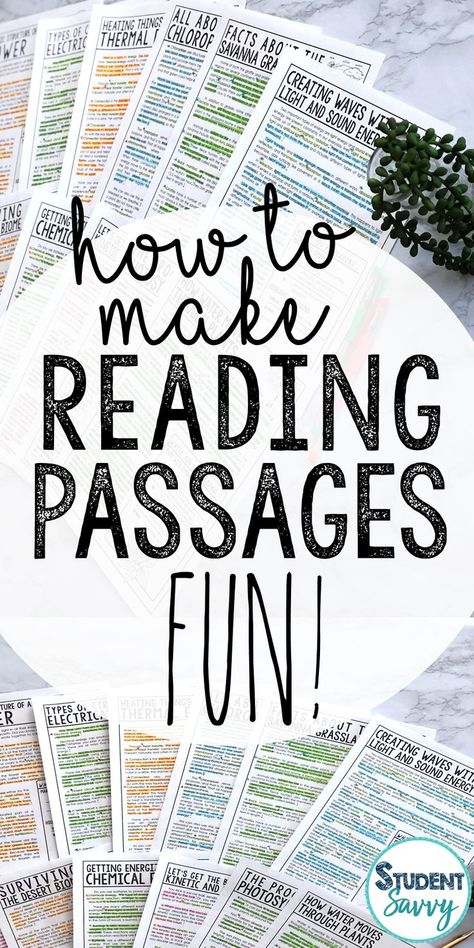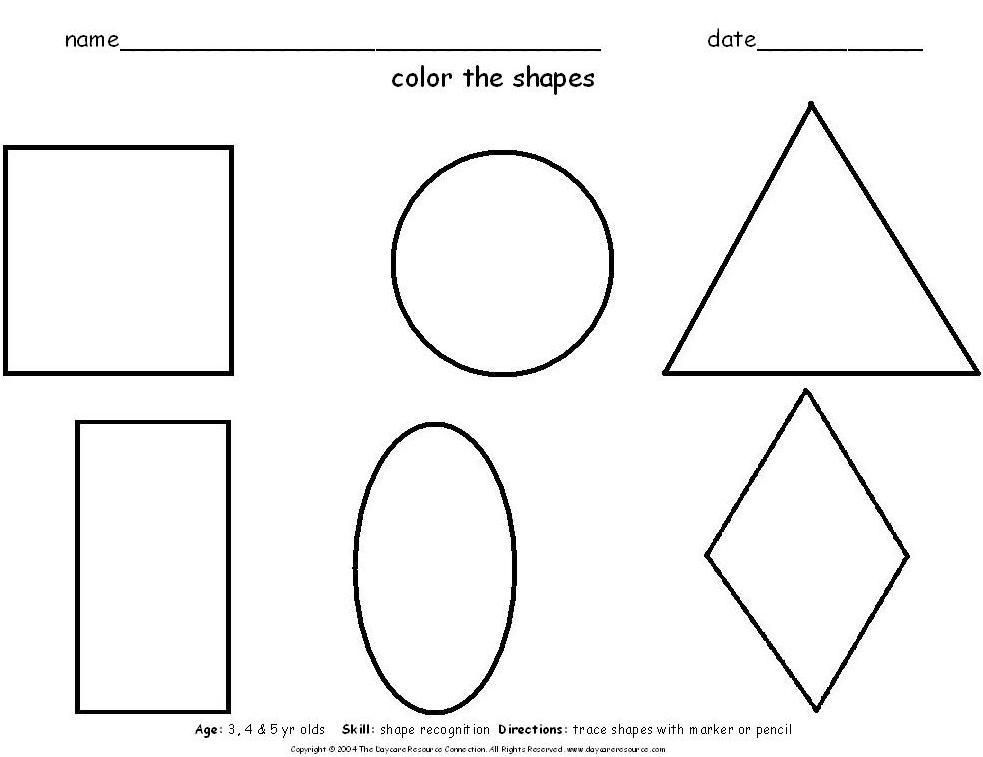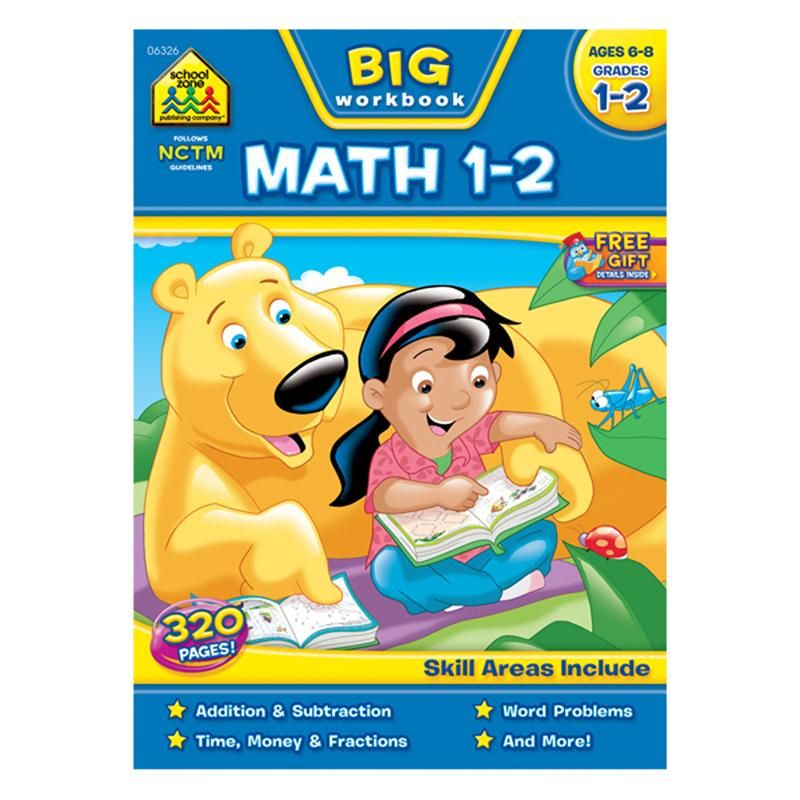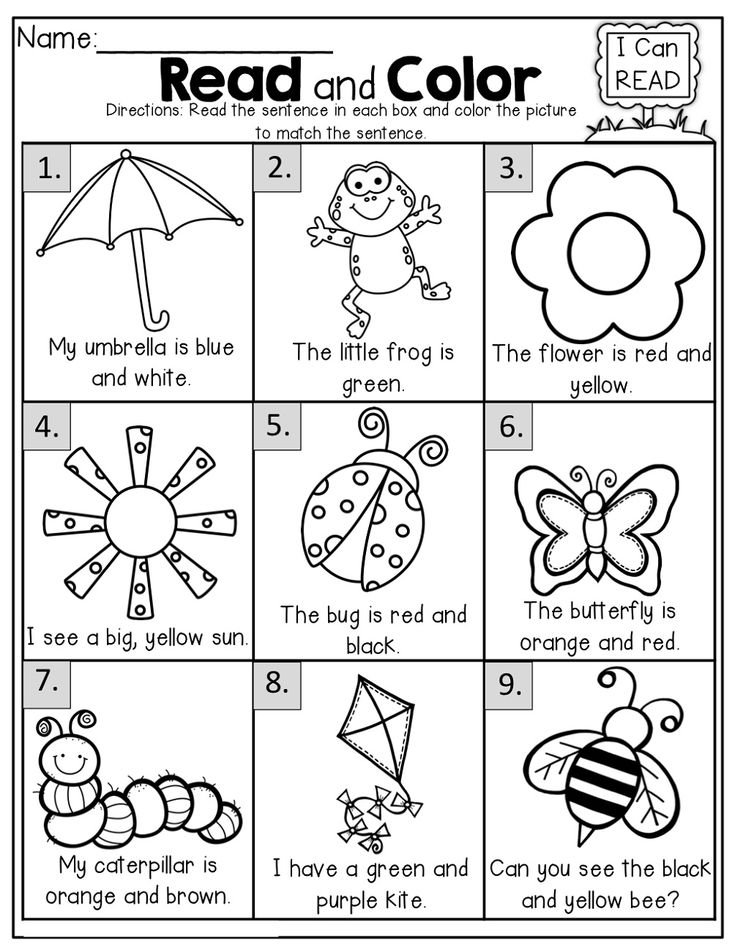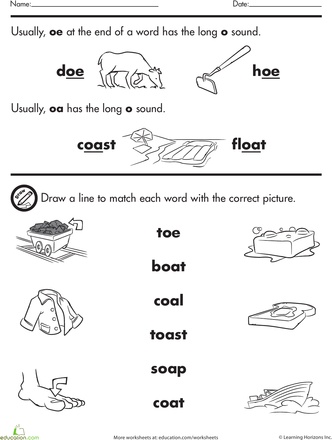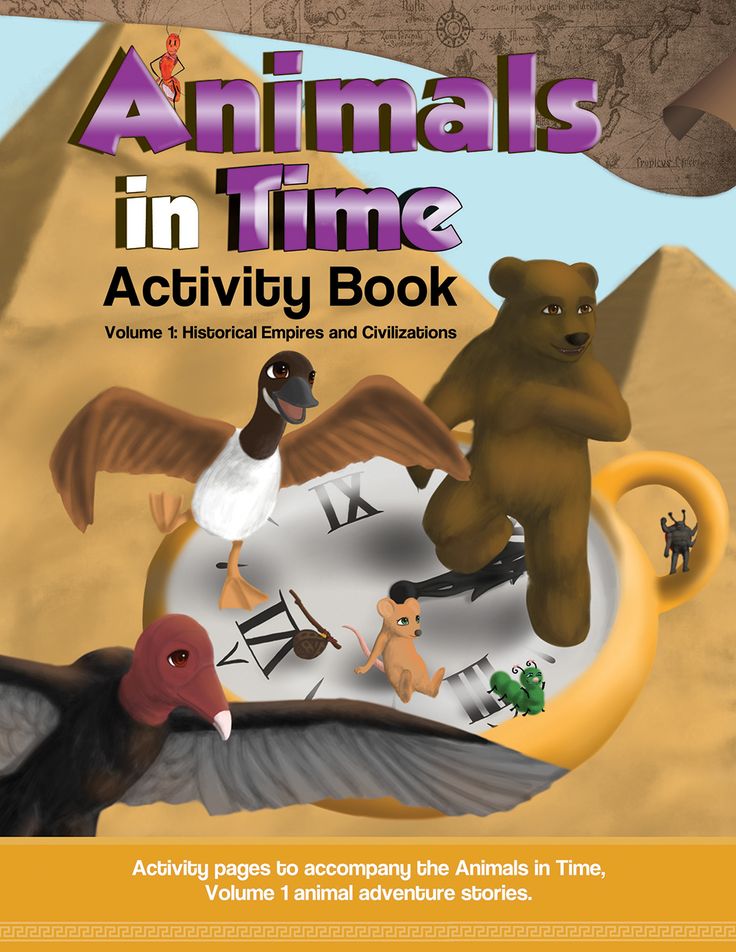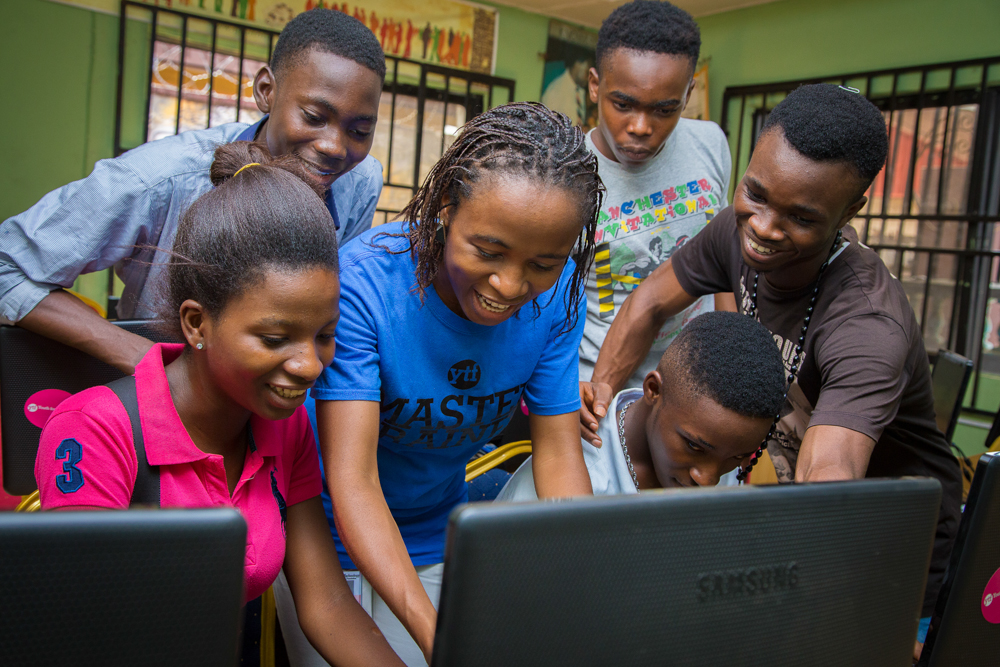Steps in teaching a child to read
9 Fun and Easy Tips
With the abundance of information out there, it can seem like there is no clear answer about how to teach a child to read. As a busy parent, you may not have time to wade through all of the conflicting opinions.
That’s why we’re here to help! There are some key elements when it comes to teaching kids to read, so we’ve rounded up nine effective tips to help you boost your child’s reading skills and confidence.
These tips are simple, fit into your lifestyle, and help build foundational reading skills while having fun!
Tips For How To Teach A Child To Read
1) Focus On Letter Sounds Over Letter Names
We used to learn that “b” stands for “ball.” But when you say the word ball, it sounds different than saying the letter B on its own. That can be a strange concept for a young child to wrap their head around!
Instead of focusing on letter names, we recommend teaching them the sounds associated with each letter of the alphabet. For example, you could explain that B makes the /b/ sound (pronounced just like it sounds when you say the word ball aloud).
Once they firmly establish a link between a handful of letters and their sounds, children can begin to sound out short words. Knowing the sounds for B, T, and A allows a child to sound out both bat and tab.
As the number of links between letters and sounds grows, so will the number of words your child can sound out!
Now, does this mean that if your child already began learning by matching formal alphabet letter names with words, they won’t learn to match sounds and letters or learn how to read? Of course not!
We simply recommend this process as a learning method that can help some kids with the jump from letter sounds to words.
2) Begin With Uppercase Letters
Practicing how to make letters is way easier when they all look unique! This is why we teach uppercase letters to children who aren’t in formal schooling yet.
Even though lowercase letters are the most common format for letters (if you open a book at any page, the majority of the letters will be lowercase), uppercase letters are easier to distinguish from one another and, therefore, easier to identify.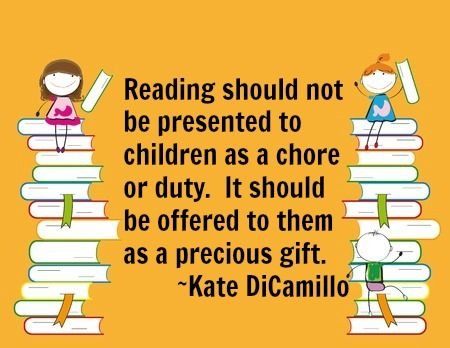
Think about it –– “b” and “d” look an awful lot alike! But “B” and “D” are much easier to distinguish. Starting with uppercase letters, then, will help your child to grasp the basics of letter identification and, subsequently, reading.
To help your child learn uppercase letters, we find that engaging their sense of physical touch can be especially useful. If you want to try this, you might consider buying textured paper, like sandpaper, and cutting out the shapes of uppercase letters.
Ask your child to put their hands behind their back, and then place the letter in their hands. They can use their sense of touch to guess what letter they’re holding! You can play the same game with magnetic letters.
3) Incorporate Phonics
Research has demonstrated that kids with a strong background in phonics (the relationship between sounds and symbols) tend to become stronger readers in the long-run.
A phonetic approach to reading shows a child how to go letter by letter — sound by sound — blending the sounds as you go in order to read words that the child (or adult) has not yet memorized.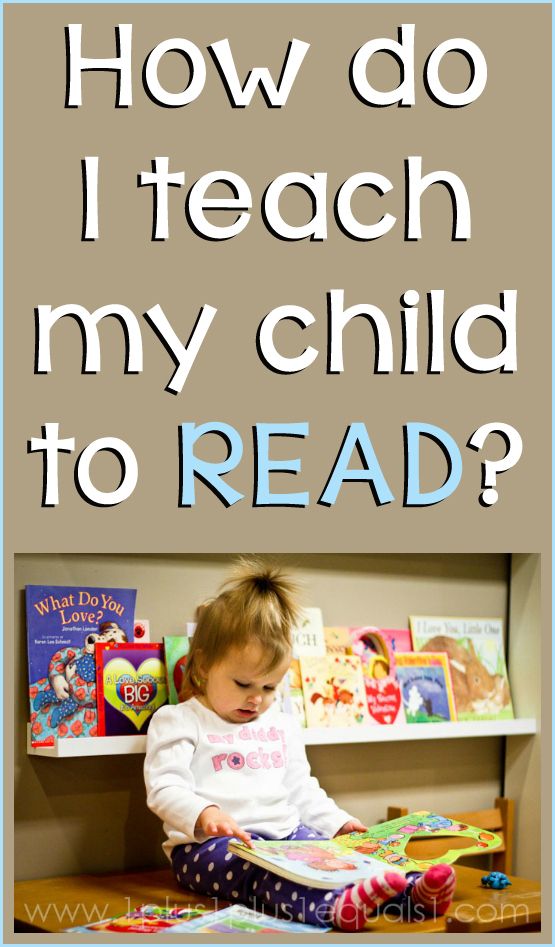
Once kids develop a level of automatization, they can sound out words almost instantly and only need to employ decoding with longer words. Phonics is best taught explicitly, sequentially, and systematically — which is the method HOMER uses.
If you’re looking for support helping your child learn phonics, our HOMER Learn & Grow app might be exactly what you need! With a proven reading pathway for your child, HOMER makes learning fun!
4) Balance Phonics And Sight Words
Sight words are also an important part of teaching your child how to read. These are common words that are usually not spelled the way they sound and can’t be decoded (sounded out).
Because we don’t want to undo the work your child has done to learn phonics, sight words should be memorized. But keep in mind that learning sight words can be challenging for many young children.
So, if you want to give your child a good start on their reading journey, it’s best to spend the majority of your time developing and reinforcing the information and skills needed to sound out words.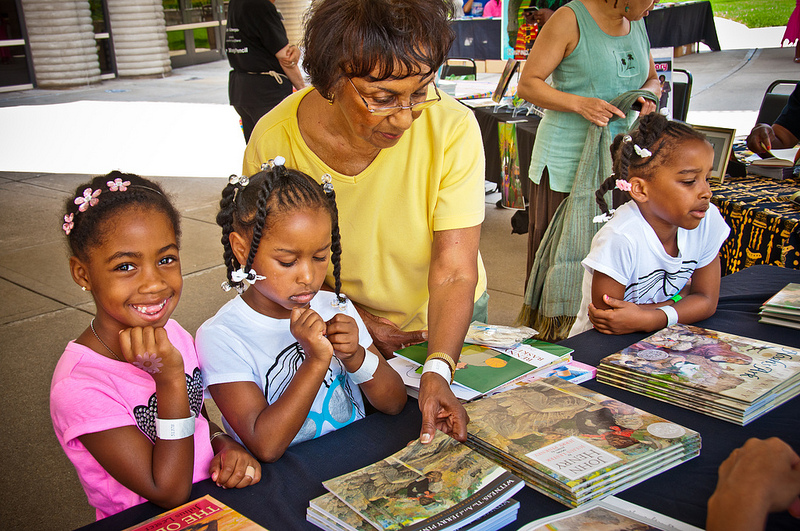
5) Talk A Lot
Even though talking is usually thought of as a speech-only skill, that’s not true. Your child is like a sponge. They’re absorbing everything, all the time, including the words you say (and the ones you wish they hadn’t heard)!
Talking with your child frequently and engaging their listening and storytelling skills can increase their vocabulary.
It can also help them form sentences, become familiar with new words and how they are used, as well as learn how to use context clues when someone is speaking about something they may not know a lot about.
All of these skills are extremely helpful for your child on their reading journey, and talking gives you both an opportunity to share and create moments you’ll treasure forever!
6) Keep It Light
Reading is about having fun and exploring the world (real and imaginary) through text, pictures, and illustrations. When it comes to reading, it’s better for your child to be relaxed and focused on what they’re learning than squeezing in a stressful session after a long day.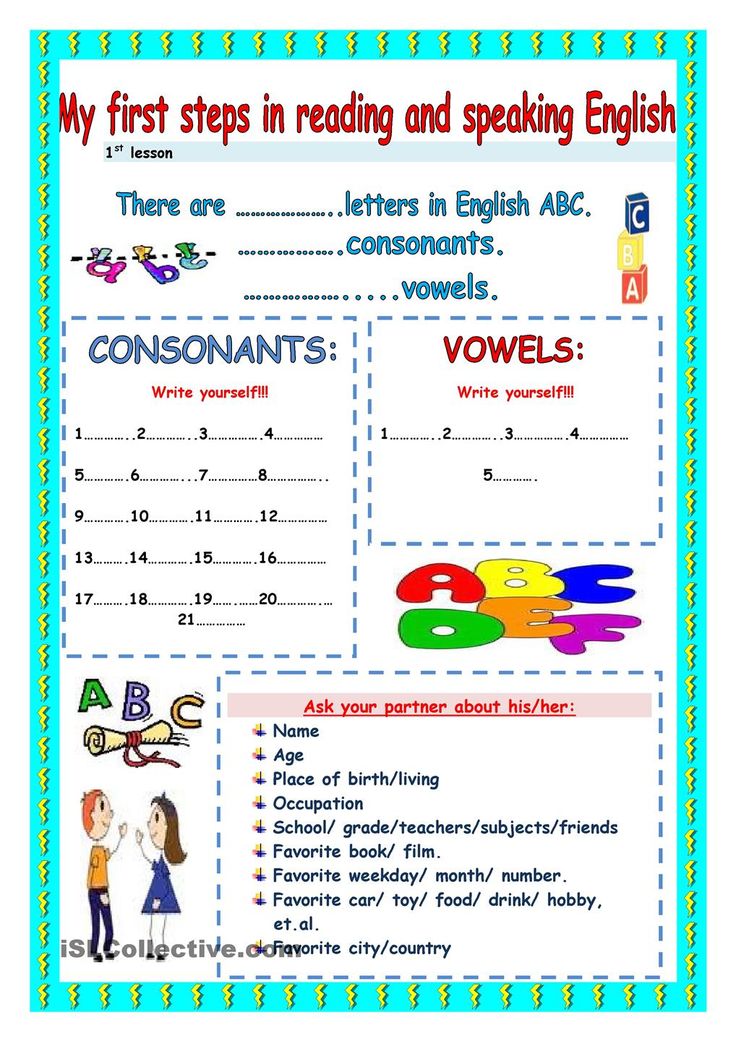
We’re about halfway through the list and want to give a gentle reminder that your child shouldn’t feel any pressure when it comes to reading — and neither should you!
Although consistency is always helpful, we recommend focusing on quality over quantity. Fifteen minutes might sound like a short amount of time, but studies have shown that 15 minutes a day of HOMER’s reading pathway can increase early reading scores by 74%!
It may also take some time to find out exactly what will keep your child interested and engaged in learning. That’s OK! If it’s not fun, lighthearted, and enjoyable for you and your child, then shake it off and try something new.
7) Practice Shared Reading
While you read with your child, consider asking them to repeat words or sentences back to you every now and then while you follow along with your finger.
There’s no need to stop your reading time completely if your child struggles with a particular word. An encouraging reminder of what the word means or how it’s pronounced is plenty!
Another option is to split reading aloud time with your child.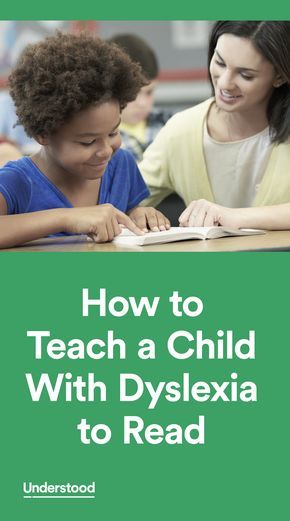 For emerging readers, you can read one line and then ask them to read the next. For older children, reading one page and letting them read the next page is beneficial.
For emerging readers, you can read one line and then ask them to read the next. For older children, reading one page and letting them read the next page is beneficial.
Doing this helps your child feel capable and confident, which is important for encouraging them to read well and consistently!
This technique also gets your child more acquainted with the natural flow of reading. While they look at the pictures and listen happily to the story, they’ll begin to focus on the words they are reading and engage more with the book in front of them.
Rereading books can also be helpful. It allows children to develop a deeper understanding of the words in a text, make familiar words into “known” words that are then incorporated into their vocabulary, and form a connection with the story.
We wholeheartedly recommend rereading!
8) Play Word Games
Getting your child involved in reading doesn’t have to be about just books. Word games can be a great way to engage your child’s skills without reading a whole story at once.
One of our favorite reading games only requires a stack of Post-It notes and a bunched-up sock. For this activity, write sight words or words your child can sound out onto separate Post-It notes. Then stick the notes to the wall.
Your child can then stand in front of the Post-Its with the bunched-up sock in their hands. You say one of the words and your child throws the sock-ball at the Post-It note that matches!
9) Read With Unconventional Materials
In the same way that word games can help your child learn how to read, so can encouraging your child to read without actually using books!
If you’re interested in doing this, consider using PlayDoh, clay, paint, or indoor-safe sand to form and shape letters or words.
Another option is to fill a large pot with magnetic letters. For emerging learners, suggest that they pull a letter from the pot and try to name the sound it makes. For slightly older learners, see if they can name a word that begins with the same sound, or grab a collection of letters that come together to form a word.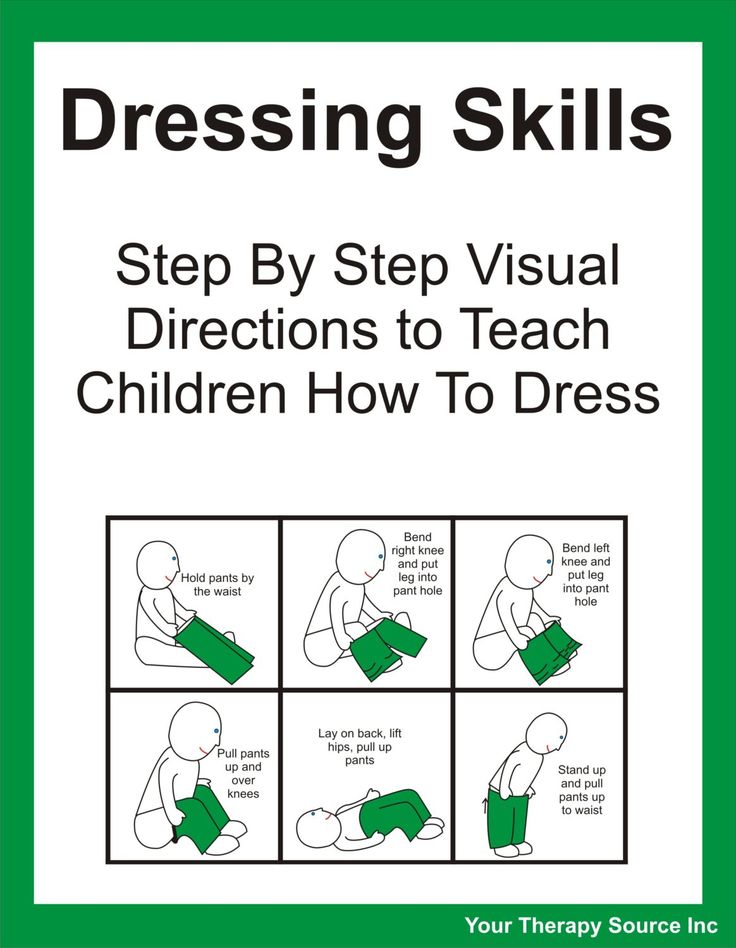
As your child becomes more proficient, you can scale these activities to make them a little more advanced. And remember to have fun with it!
Reading Comes With Time And Practice
Overall, we want to leave you with this: there is no single answer to how to teach a child to read. What works for your neighbor’s child may not work for yours –– and that’s perfectly OK!
Patience, practicing a little every day, and emphasizing activities that let your child enjoy reading are the things we encourage most. Reading is about fun, exploration, and learning!
And if you ever need a bit of support, we’re here for you! At HOMER, we’re your learning partner. Start your child’s reading journey with confidence with our personalized program plus expert tips and learning resources.
Author
How to Teach a Child to Read: The Ultimate Guide
Inside: Follow these five steps to teach a child to read.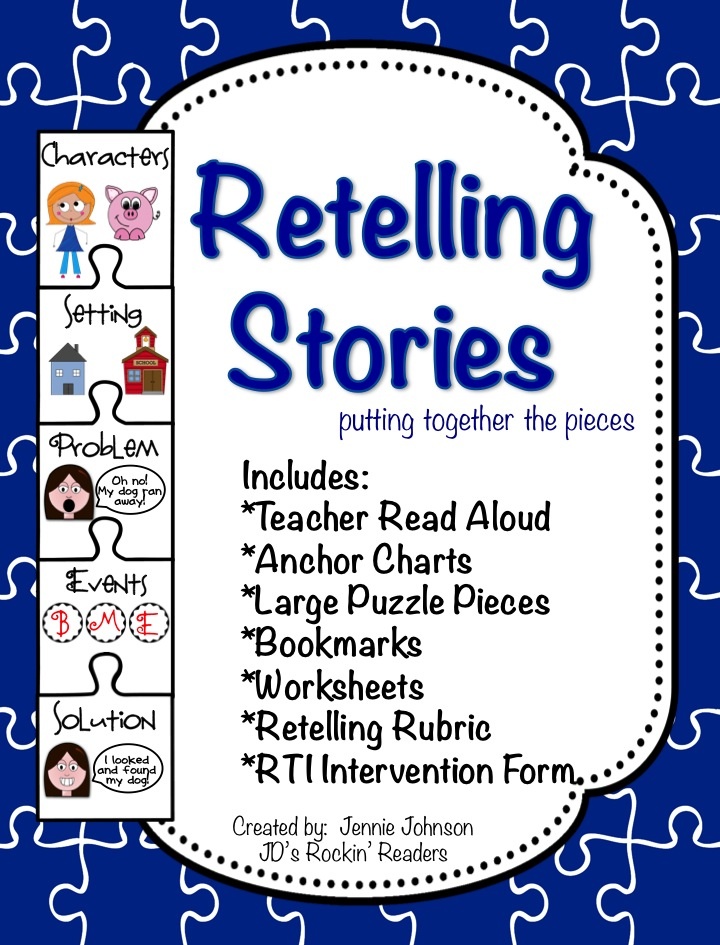 Helpful for parents, homeschoolers, and teachers that are teaching beginning readers. This post contains affiliate links.
Helpful for parents, homeschoolers, and teachers that are teaching beginning readers. This post contains affiliate links.
I looked like a mother hen with my chick gathered around me. Sitting on the floor with my legs crossed, I stared into six eager pairs of eyes that were ready to learn to read… but there was a problem.
A knot tightened in my stomach as I realized just how unprepared I was to take kids from non-readers to readers. Sure, I could say “sound it out”, but was that really going to get it? This was a serious responsibility! Who decided I could even be trusted to do this?!?
“Let’s all look at the first page,” I said. And we dove into a book.
This is the Cliff’s Notes version of the things I learn from trial and error, helpful colleagues, and professional books as I taught those kids to read:
Step 1: Pre-Reading Behaviors
There are activities that don’t look like reading at all, but they set the stage for a child to become a reader. These pre-reading behaviors may appear spontaneously through a child’s own observation and mimicry or an adult can encourage them.
These pre-reading behaviors may appear spontaneously through a child’s own observation and mimicry or an adult can encourage them.
Look for and encourage the following:
- awareness of print on signs, labels, packaging, etc. Kids can know that a sign says “McDonald’s” before they can actually read the letters
- sound manipulation games, think “Hannah Hannah banana, banana-fana, fo-fana, me-my-mo-mana, Hannah”
- awareness of rhyme
- concepts about print – Does the child know which way is up on a book? Do they have a sense that the pages turn one at a time and always in the same direction? As you read, point to the words so they can see you are reading from left to right.
- sound discrimination – “Max is eating a muffin. Mmmmax…mmmmuffin…. those start with the same sound.”
When a child demonstrates these behaviors and abilities, they may be ready to learn to read. If not, work activities like these into your daily routine to help guide them in the right direction.
If not, work activities like these into your daily routine to help guide them in the right direction.
Continue reading aloud to the child. If children learn that reading is an enjoyable experience through read-alouds, they will be motivated to learn the skill themselves.
I bet you can totally guess the next step…
Step 2: Learning Letters
Obvious, right?! But you might be surprised to learn these things about introducing letters:
Letters don’t have to be taught in alphabetical order. Think about it: If you taught the letters a, m, t, and s, the child can start to read a few simple words right away and that’s so exciting for them! Quick pay-offs like that keep kids motivated!
Mastering a single letter involves two different skills: Identifying the letter visually, and memorizing the sound associated with the letter. Then there are letters that make more than one sound… but more on that in a bit.
Using the senses and movement helps kids memorize letters. Build the letter with clay, draw the letter with your finger on the child’s back, associate a motion with the letter’s sound like jumping and making the sound of letter J.
One exposure is not enough. A lot of memorization has to happen to learn all the letters and sounds. Incorporate plenty of review and don’t rush it.
Step 3: Blending Sounds
Moving from knowing single letters to reading words is all about blending the sounds together. Try this technique:
- Using a 2 or 3-letter word, point to the letters and say each sound.
- Then start back at the beginning of the word. Slide your finger slowly under the letters as you stretch the sounds and put them together.
- Have the child try to do it, too.
Pro tip: Keep it simple here. Stick to words where every letter makes its “normal” sound.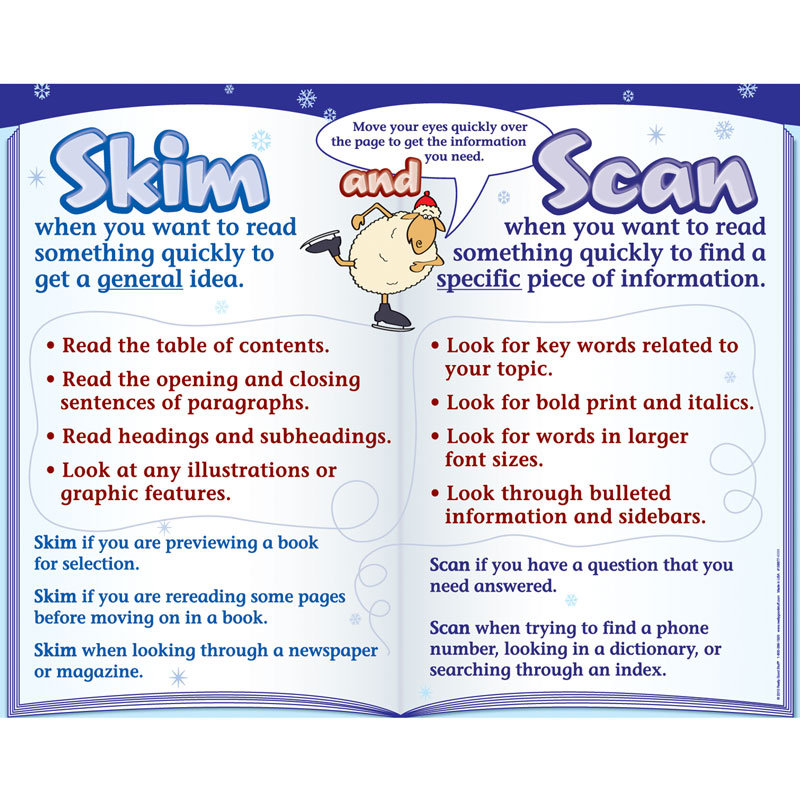 Stay away from words where two letters work together to make a new sound, like the th in “the.”
Stay away from words where two letters work together to make a new sound, like the th in “the.”
Step 4: Start Introducing Sight Words
Sight words are typically shorter words that come up very frequently in text and sometimes they don’t follow predictable spelling rules. Some examples are: look, yes, the, do. It’s better to know them by sight rather than trying to sound them out.
Sight word practice can include flash cards, hunting for the words in books, and using computer games.
One of my favorite ways to practice sight words is through the use of predictable or patterned text. These are books where each sentence is the same except for one word which can be inferred with the help of a picture. Kids get lots of practice with the sight words and are proud to be reading sentences.
This is patterned text.
Pro-tip: Spread out sight word instruction. Yes, this is “step 4” but it’s really more of an element of reading that gets sprinkled in here and there. Teach a couple of sight words so kids can read a book. Practice some other phonics patterns, teach a couple more sight words, etc.
Teach a couple of sight words so kids can read a book. Practice some other phonics patterns, teach a couple more sight words, etc.
See Also – How to Teach Sight Words for Strong Reading and Spelling
Step 5: Work With Word Families
You’ll get a lot of bang for your buck if you spend time on word families. Teach kids that if they can read the word “can,” then they can also read “man,” “pan,” and “fan.” 2-letter word families are perfect at this stage (-am, -at, -et, -en, -it, etc.)
A word family game from the Learn to Read Activity Book by Hannah Braun
See Also – How to Improve Spelling with Simple Word Sort Activities
Step 6: Phonics Skills
We all know English is weird! Learning the individual letter sounds is just a foundation. I like to follow this sequence as I introduce other phonics patterns:
Blends: Two letters that are frequently together in words, both letter sounds can be heard.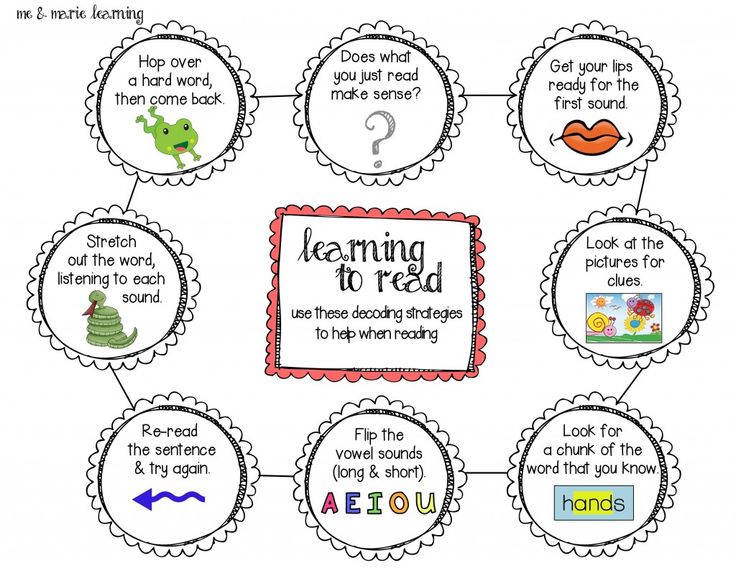 Examples are bl, tr, sk, dr, sm
Examples are bl, tr, sk, dr, sm
Digraphs: Two letters that make a new sound (sh, th, wh, ch, ck)
Glued Sounds: These are a blend but are 3 letters and come at the end of a word (all, ell, ill, ull, ank, ink, onk, unk, ang, ing, ong, ung)
There are plenty more phonics patterns and rules but this gives you a lot to work on with beginning readers.
Making Meaning
Making meaning? Is there a recipe for that? Ha!
“Making meaning” is a phrase that’s always thrown around in teaching workshops and books. It just means that as a child starts to read sentences and longer texts, they should be able to get some meaning out of it. They should have a sense of what is going on in the story or what the author wants them to know.
Making meaning should be woven in as soon as a child starts reading sentences. Help the child make meaning by:
- asking questions about what they just read.

- encouraging them to reread if they didn’t understand what the author was saying.
- demonstrate your own reactions to the text
What’s the point in learning to read if you’re not enjoying a story, learning something new, or being exposed to a different way of seeing things?
See also – The Best Way To Teach Reading Comprehension for Mastery
Click on the picture below to download a copy of this cheat sheet:
So what about my little reading group? Did they ever learn to read?
They sure did!
I’m not sure who learned more in that group, them or me. What I do know is, there’s no reason for you to struggle with developing a reading-teaching roadmap from scratch. Start with pre-reading skills. Then move through letters, blending, sight words, word families, and other phonics skills. Allow time for review and the natural development of the child.
If you’re ready to jump in and want to save some time, check out the Learn to Read Activity Book. I’ve taken the steps above and turned them into 101 simple lessons and fun activities. They’re perfect for parents working with their own children or teachers working with beginning readers in their class. Click HERE to find out more!
I’ve taken the steps above and turned them into 101 simple lessons and fun activities. They’re perfect for parents working with their own children or teachers working with beginning readers in their class. Click HERE to find out more!
For more on how to teach a child to read:
Crash Course in Phonics: Part 1
Crash Course in Phonics: Part 2
Praise and Prompts for Teaching Reading
Hannah Braun
Hannah Braun is a former teacher with 8 years of experience in the classroom and a master's degree in early childhood education. She designs engaging, organized classroom resources for 1st-3rd grade teachers.
How easy it is to teach a child 4-6 years old to read - the best methods and exercises
How to understand that it's time
To the question "When is it time for a child to be able to read?" there is no ready-made answer, but we want to immediately warn against two misconceptions:
-
“It is not necessary to teach a child to read at home, they will teach you at school anyway.
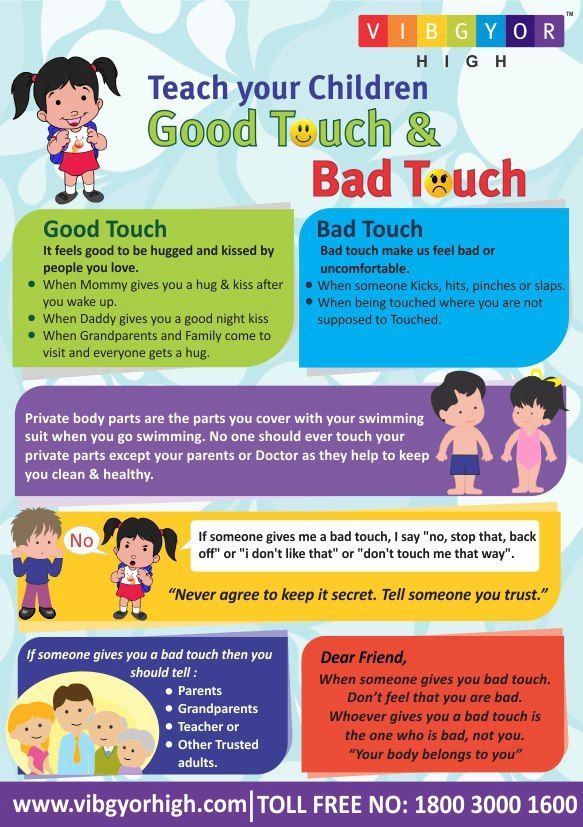 ” Yes, they will. But remember: the first year at school is the most intense in all 11 years of study. For some 4-5 months in the 1st grade, the child goes through the alphabet "from" and "to", learns to read, write, and the rest of the time he studies the basics of the Russian language. Therefore, it will be great if he has a reading skill before school. This will reduce the burden on the child.
” Yes, they will. But remember: the first year at school is the most intense in all 11 years of study. For some 4-5 months in the 1st grade, the child goes through the alphabet "from" and "to", learns to read, write, and the rest of the time he studies the basics of the Russian language. Therefore, it will be great if he has a reading skill before school. This will reduce the burden on the child. -
"There is no time to waste - the sooner the baby begins to read, the better." All children are different and develop at their own pace. Therefore, you should not impose teaching reading to a preschooler as soon as he is 4-5 years old, if the student himself does not yet show interest in this activity. Instead, you can begin to develop an interest in reading through bright and engaging books. A good option would also be games that involve letters.
The indicator to be guided by is not the age of the preschooler, but his speech skills.
It's time to learn to read if. ..
..
If the speech development of a preschooler proceeds without gross violations. Let's figure out what criteria will help you find out if a child is ready to learn to read:
-
Understanding addressed speech. The kid must understand sentences, phrases, individual words that others around him turn to.
-
Vocabulary. The more words a child knows, the better he will understand what he read. It will also help him communicate with adults and other children.
-
Grammar. The ability to correctly build sentences, select and change words is important for children who are learning to read.
-
Pronunciation. For learning to be effective, the child must know how to pronounce words without gross errors.
Remember: at preschool age, a child may have minor mistakes in grammar and pronunciation - this is normal. Over time, these violations will be corrected, and they should not be considered an obstacle to reading. But if the baby is not yet very confident in speaking, do not rush him to read - this will not help develop speech, but only demotivate.
But if the baby is not yet very confident in speaking, do not rush him to read - this will not help develop speech, but only demotivate.
Practicing child psychologist Ekaterina Murashova
Free course for modern moms and dads from Ekaterina Murashova. Sign up and participate in the drawing of 8 lessons
How to make learning to read easier for preschoolers
-
Praise more and never scold
It's hard for us adults to imagine how difficult it really is for a baby to learn from scratch such a complex skill as reading. After all, being able to read means being able to correlate a sound with a letter or a combination of letters, connect sounds, understand the meanings of the words read and the meaning behind the text.
If parents take the child's progress for granted and express dissatisfaction when the child does not understand something, this will not push the future student to development, but will only complicate the process.
 Therefore, it is important to praise for small victories: I learned the letter that was passed last time - great, I coped without my father's help with the word as much as two syllables - clever.
Therefore, it is important to praise for small victories: I learned the letter that was passed last time - great, I coped without my father's help with the word as much as two syllables - clever. Do not take failures as a consequence of the negligence of the little student. When a child does not understand the first time, this is an occasion to look for another explanation or give more time to practice. If you feel tired and irritated, you should stop the activity and return to it in a good mood.
-
Exercise little but regularly
Do not expect perseverance and a desire to spend hours figuring out unfamiliar letters from your baby. It is difficult for preschoolers to keep their attention in a lesson for more than 25 minutes, and even such small classes should be interrupted with physical education minutes and games so that the child does not get bored. This is exactly how Skysmart prepares for school: 25-minute classes with breaks for outdoor games.

But regular practice is important - much more important than the duration of the session. And it doesn’t have to be just lessons: you can look for familiar letters on signs during a walk, on a door plate in a children’s clinic, on a package of your favorite corn flakes.
-
Read books aloud
In a series of studies conducted by Dr. Victoria Purcell-Gates among five-year-olds who could not yet read, those children to whom their parents regularly read aloud for two years expressed their thoughts in more literary language, built longer phrases and used more complex syntax.
In addition, reading aloud with adults contributed to the expansion of the children's vocabulary, as parents explained the meanings of new words that children did not encounter in everyday life.
Expert Opinion
According to neuroscientist Marianne Wolfe, book evenings with parents help develop a love of reading because the child establishes a connection between reading aloud and feelings of love and warmth.
-
Discuss read
The role of communication in teaching literacy cannot be overestimated. At first, it is important to ask if the future student is interested, if he is tired, what was remembered from the lesson. When a preschooler learns to read coherent texts, be sure to ask questions about their content.
It's great if the child reads on his own and without the prompting of the parents, but even in this case, do not deprive him of the opportunity to discuss what he has read with you. For example, you can ask:
-
Which of the characters do you like?
-
Do you think this character is like you? Would you like to be like her?
-
What would you do if you were a hero?
-
Why did the described event happen? How are these two events related?
-
How did what you read make you feel?
-
What do you remember most from what you read?
-
What do you think the author wanted to teach? Why did he write this? Do you agree with the author?
-
-
Go from simple to complex
From the correspondence between sounds and letters to syllables, from short words to longer and more complex words. It would seem that this is obvious, but no: sometimes parents are so happy with the success of the child at first that they push him to study more complex topics than he is ready to accept. Of course, the program should adapt to the future student, but you should not skip steps, even if the child is making progress.
There are methods that offer to teach a child to read by memorizing whole words. Alas, experiments show that such techniques generally work worse.
 For example, a group of scientists from the United States came up with an artificial alphabet and offered subjects to learn it, and then read the words written using this alphabet. At the same time, some subjects were immediately explained the principles of correspondence between sounds and letters, while others had to derive reading rules on their own based on whole words. It turned out that the first group copes with reading new, previously unfamiliar words better than the second.
For example, a group of scientists from the United States came up with an artificial alphabet and offered subjects to learn it, and then read the words written using this alphabet. At the same time, some subjects were immediately explained the principles of correspondence between sounds and letters, while others had to derive reading rules on their own based on whole words. It turned out that the first group copes with reading new, previously unfamiliar words better than the second. Therefore, we advise you to choose those teaching methods that involve clear instructions about the relationship between sound and letter - and this is especially important for those children who have difficulty reading. Below we have compiled a few of these techniques that you can use to teach your preschooler at home.
It is important to select questions individually, based on the age of the child. With younger children, discuss everything together, ask simple questions, direct their attention to some facts. The complexity of the questions should increase in proportion to the age of the child. The older he is, the more difficult the tasks should be, and the questions can already affect the "reflection" of their feelings and experiences.
With younger children, discuss everything together, ask simple questions, direct their attention to some facts. The complexity of the questions should increase in proportion to the age of the child. The older he is, the more difficult the tasks should be, and the questions can already affect the "reflection" of their feelings and experiences.
Methods of teaching preschoolers to read
Warehouse reading
The way to teach a child to read through warehouses was actually used in Russia, but for modern parents this technique is associated with the name of the philologist Nikolai Alexandrovich Zaitsev.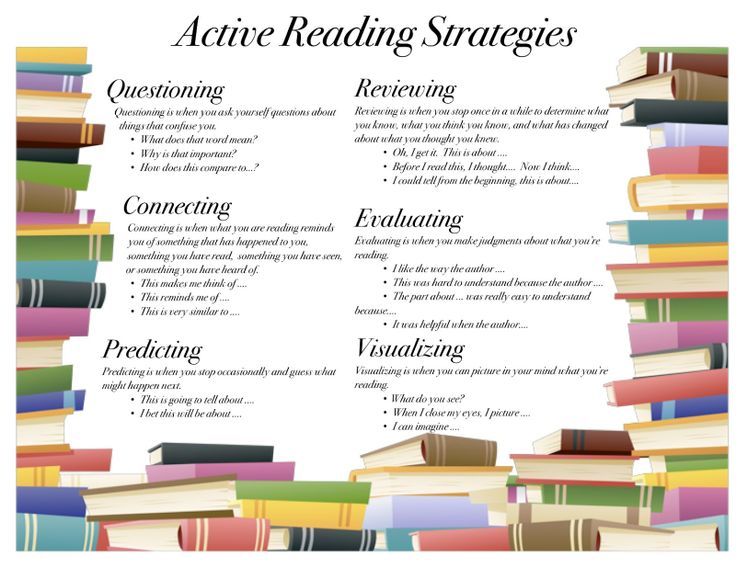
Zaitsev suggests not focusing on the study of individual letters, as it can be difficult for students to understand how letters can merge into syllables and words. Teaching a child to read by syllables is also not always easy: one syllable can be quite long ( shine, ruble ), and the boundaries of syllables are not obvious ( Lun-tik or Lu-ntik ?). Therefore, in Zaitsev's methodology, a warehouse is used as the main unit.
Warehouse can be a combination of a consonant and a vowel (pa-pa, ma-ma), a single consonant or vowel (de- d , i-s -li, A -le-sha), as well as a combination of a consonant with a hard or soft sign (ma- l -chi-k, po- d -yem).
In order for a preschooler to understand the differences between the recording of voiced and soft, vowel and consonant sounds, different types of warehouses have their own cube size, color and content, thanks to which the cubes sound when they are shaken.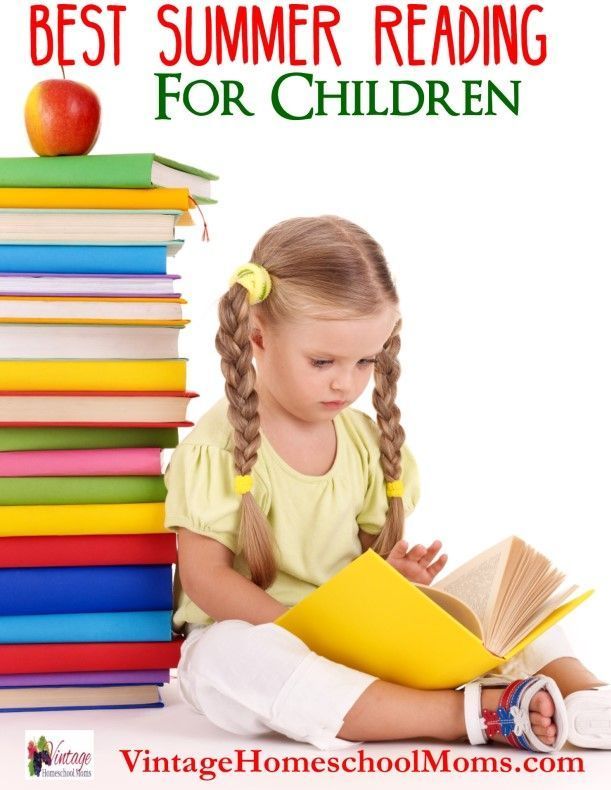 Cubes affect several channels of perception at once, and warehouses should not just be pronounced, but sung - this way, according to the author of the methodology, learning is more interesting and effective.
Cubes affect several channels of perception at once, and warehouses should not just be pronounced, but sung - this way, according to the author of the methodology, learning is more interesting and effective.
One of the advantages of the technique is that children willingly play with blocks themselves, and the process of learning to read becomes active and mobile.
Syllabic reading
This technique, according to some sources, was developed by the Romans. Later, Nadezhda Sergeevna Zhukova, a Soviet and Russian speech therapist, created a primer based on it. In it, she built her own system in which sounds and letters are sequentially introduced into speech.
Due to the fact that the concept of a syllable is introduced at an early stage, it is faster and easier to teach a child to read syllables together. By the way, as in Zaitsev's technique, it is proposed to sing syllables, and not just pronounce them.
Based on the syllabic method, Zhukova developed a set of teaching aids - copybooks, copybooks and a book for reading.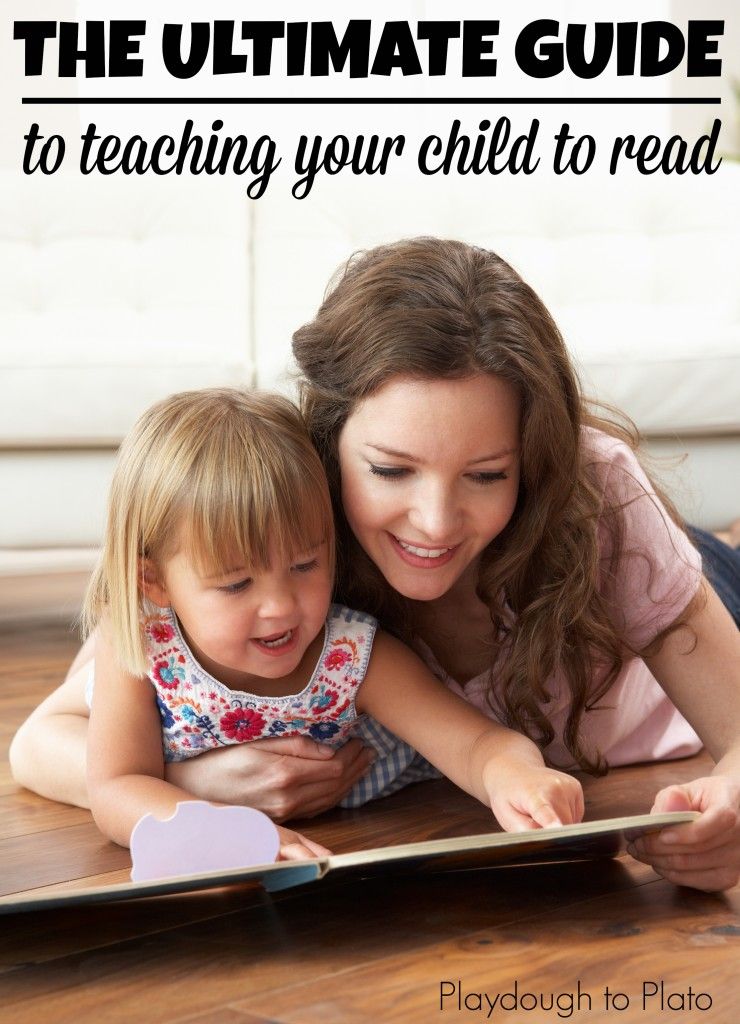 Benefits will help teach children to read correctly 6 and 7 years old at home.
Benefits will help teach children to read correctly 6 and 7 years old at home.
Both techniques for teaching preschoolers to read are used in the Skysmart Ready for School course. The course consists of two stages: first, children get acquainted with letters and warehouses, which allows them to quickly start reading simple words, and then they learn what a syllable is. Gradually, we introduce more complex syllabic constructions, move on to reading phrases and sentences.
Sound analytical-synthetic teaching method
This method originated in the USSR and is still considered the main one in Russian schools and kindergartens. It was developed by the Soviet teacher and Russian language methodologist Voskresenskaya Alexandra Ilyinichna.
Same as N.S. Zhukova, Voskresenskaya proposed her own order in which children should learn letters and sounds. The principle of this sequence was that the child first learned the letters that can be combined into simple syllables, and then moved forward in the level of complexity. As a result, children learn syllables in this order:
-
Two-letter syllables (including one consonant): am, ma, ra, etc. and simple words from them: ra-ma, ma-sha, Pa-sha, etc.
-
Three-letter syllables with a central vowel: poppy, lat, etc.
-
Combination of the first two stages into words: sa-lat, earth-la, etc.
-
Words of three syllables and six letters: az-bu-ka, ve-se-lo, etc.
-
Words of two syllables and six letters: question-ros, tea-nick, etc.
-
Words with a combination of vowels at the beginning and at the end of the word: chair, March, etc.
In this way, children simultaneously prepare for more complex syllables at each stage and reinforce what they have learned earlier.
Free English lessons with a native speaker
Practice 15 minutes a day. Learn English grammar and vocabulary. Make language a part of life.
Exercises for learning to read
Learning to read, as a rule, takes place in several stages.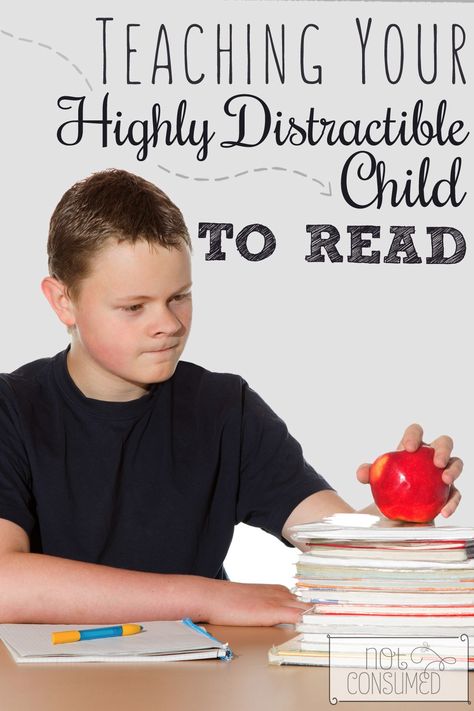 First, the child listens to the sound, visually remembers the letters. Different games will help with this, where you need to look for letters, invent words, etc. When this stage is over, you can move on to syllables and games to work them out. And only after that it will be possible to proceed to words, and then to sentences and texts.
First, the child listens to the sound, visually remembers the letters. Different games will help with this, where you need to look for letters, invent words, etc. When this stage is over, you can move on to syllables and games to work them out. And only after that it will be possible to proceed to words, and then to sentences and texts.
Letter memory exercises
The first step is to teach your child to recognize letters. To do this, you can use pictures with hidden letters. We use such exercises in the preparation for school lessons in Skysmart.
Ask your child to identify what letter a word begins with, or name as many words as possible that begin with a certain letter.
Next, we train to distinguish correctly written letters from incorrect ones. This is also important for learning to write: preschoolers often mirror letters or distort individual elements.
Exercises for vowels and consonants
To learn how to distinguish between vowels and consonants, tasks will help you determine the sound with which a word begins.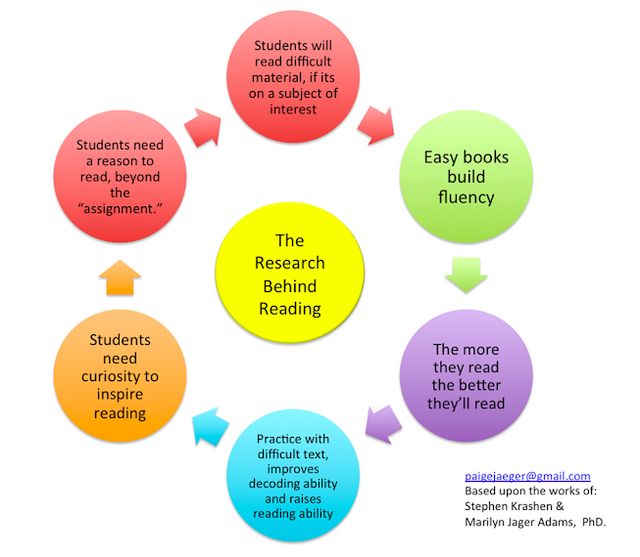
It will also help to remember the difference between vowels and consonants and search for an extra letter.
Word building exercises
When the child can read short words, ask him to form a word from the letters on his own.
Composing words from syllables is convenient if you have cubes at hand, but you can also try on paper.
Another good exercise is to fill in the missing letter in a word. Children perform such tasks in the lessons in the Skysmart online school.
For more colorful and fun reading activities, check out the Skysmart Ready for School course. Attentive teachers will help the child learn to read, count and express themselves through creativity. Classes are held online at a convenient time for the child and parents. Try it for free with an introductory lesson!
Teaching reading - the main methods and stages of classes
Sooner or later, every parent faces the question of how to properly teach a child to read: where to start, what method to choose, teach yourself or trust a specialist? And such questions do not arise in vain, because learning to read is a rather complex and lengthy process, on which the further study of a student largely depends.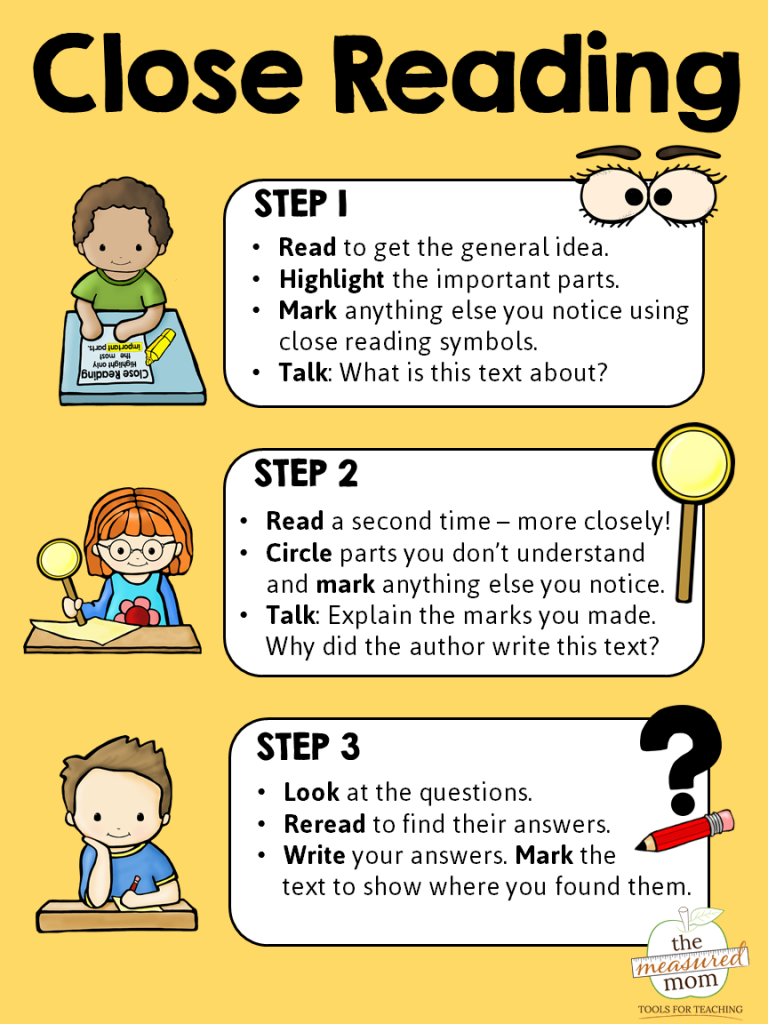 Mom and dad, like no one else, know what is best for their baby. They can choose any training option. The main thing is that initially the child learns all the stages, and in the future he does not have to be retrained.
Mom and dad, like no one else, know what is best for their baby. They can choose any training option. The main thing is that initially the child learns all the stages, and in the future he does not have to be retrained.
Teaching reading to preschoolers. Where should you start?
Adults look with admiration at children who read well at the age of 3-4. Pride is caused not only by children, but also by their parents, who managed to teach them at such an early age. Therefore, many strive to start learning letters as soon as possible, to read by syllables. But experienced teachers and psychologists do not recommend starting teaching reading to preschoolers under 5 years old. It is believed that it is at this age that the baby is already ripe for high-quality and effective classes.
There are two indicators that you can rely on to start teaching your child to read. If he is very interested in letters and texts that he sees, tries to read them, asks to teach him.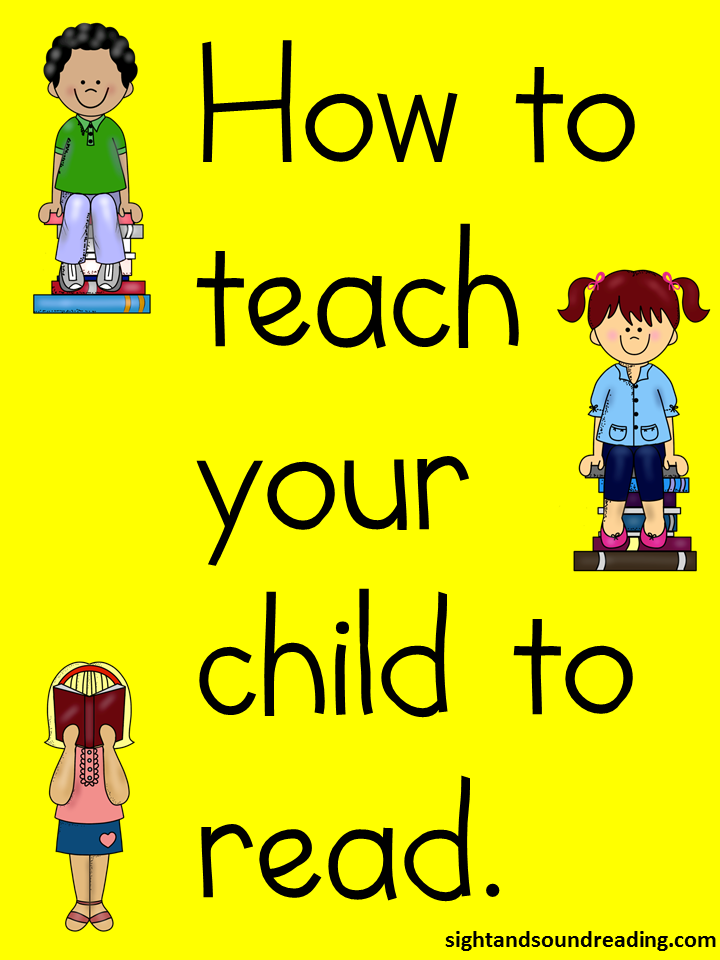 Or, if the preschooler will soon go to first grade. Of course, schools do not have strict requirements for the preparation of students. But it will be better if the first grader masters the initial reading skills before his first bell rings.
Or, if the preschooler will soon go to first grade. Of course, schools do not have strict requirements for the preparation of students. But it will be better if the first grader masters the initial reading skills before his first bell rings.
In both cases, you need to think about who will take on the role of teacher. Undoubtedly, it will be more effective to engage in specialized centers.
When can I start teaching my child to read?
In an effort to develop a child's skills as early as possible, parents do not always think about how early learning can affect the baby. Trying to teach him to read at 2-3 years old, adults forget that his brain is not yet completely ready to perform such tasks. Even if earlier learning is successful, it is likely that in the future there will be problems with reading speed or reading comprehension. This is due to the fact that the baby is not yet able to effectively go through all the stages of learning. Therefore, it is better to start classes at about 5 years old.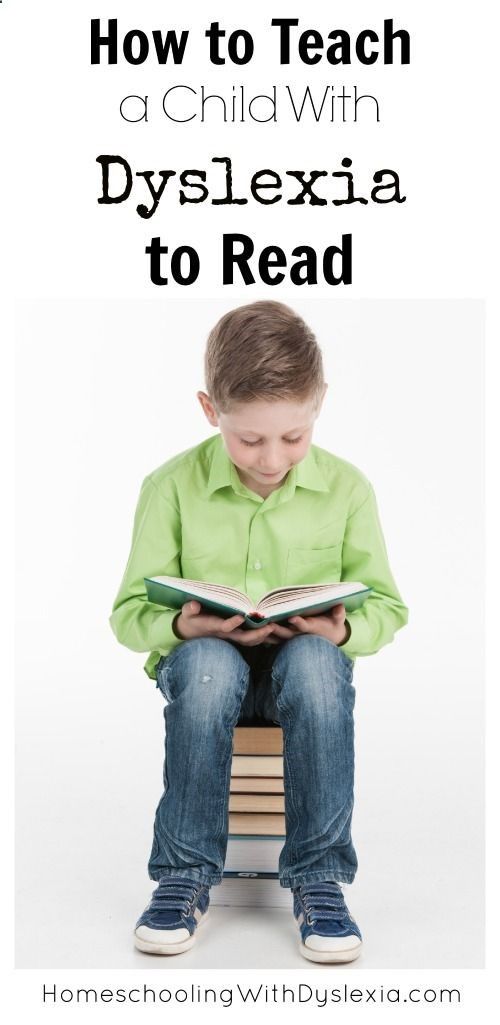 It is also worth paying attention to the signs of readiness of the student. These include:
It is also worth paying attention to the signs of readiness of the student. These include:
- Excellent sensory experience.
- The ability to be attentive for a long time, to make elementary conclusions.
- The ability to compare objects of complex shape.
- Developed memory and visual-figurative thinking.
- Independent knowledge.
Given that all children develop at their own pace, it is important to understand the readiness of an individual child, and not adjust learning to age. After all, complex thought processes require the psychological maturity of a person.
Basic steps and methods
When teaching reading, you need to take into account the basic steps, each of which must be well learned and fixed by the student. All children need different time to master the material, so someone will quickly pass the first stage, and someone next. Take your time and take as much time as you need.
Stages:
- Consolidation of the concept of "letter" and "sound";
- Learning phonetics;
- Excellent knowledge of the alphabet;
- Read by syllable;
- Word;
- Phrase;
- Text.
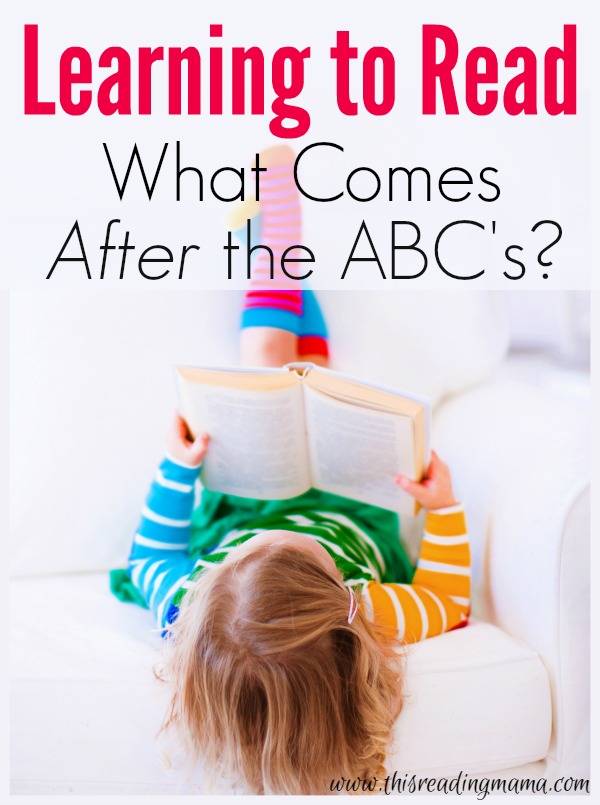
When choosing methods of teaching reading, you can pay attention to verbal, visual and practical. The verbal method is necessary in the classroom, it evokes the correct associations, emotions and images in the student. But it must be supported by both visual and practical.
The visual method is characterized by the use of different didactic materials. It is interesting for children, because it allows you to add variety to your studies. Also, thanks to the visibility, the guys become more observant and attentive.
When the first two methods have been used, you can move on to practice. It is practical exercises that allow you to improve knowledge, increase the level of skills and abilities.
Methods of teaching reading. How to choose effective courses?
In order not to make a mistake with the choice of methodology, to be sure that the child is ready to learn, and also to make classes interesting and effective, you should pay attention to special programs developed by specialists.
Such examples include reading courses for Primer and Chitarik from the SMARTUM Intelligence Development Academy. Thanks to a high-quality methodology, students get the opportunity not only to learn to read correctly, but also to master meaningful reading when there is a complete understanding of what they read.
Primer helps children to learn letters and sounds, to understand the basics of phonetics. Chitarika is the next stage, which directly teaches to read. Education has a consistent character - the kid has time to learn and consolidate each of the stages of learning and only after that he moves on to the next.
Due to the methodology from experienced teachers, in the end, the child will be able to quickly and correctly read, understand the text read, and work with it independently. All this is very useful in elementary school, because the child will come to study already prepared. The presence of reading skills will allow him to quickly adapt to the educational process, to better absorb the material.

